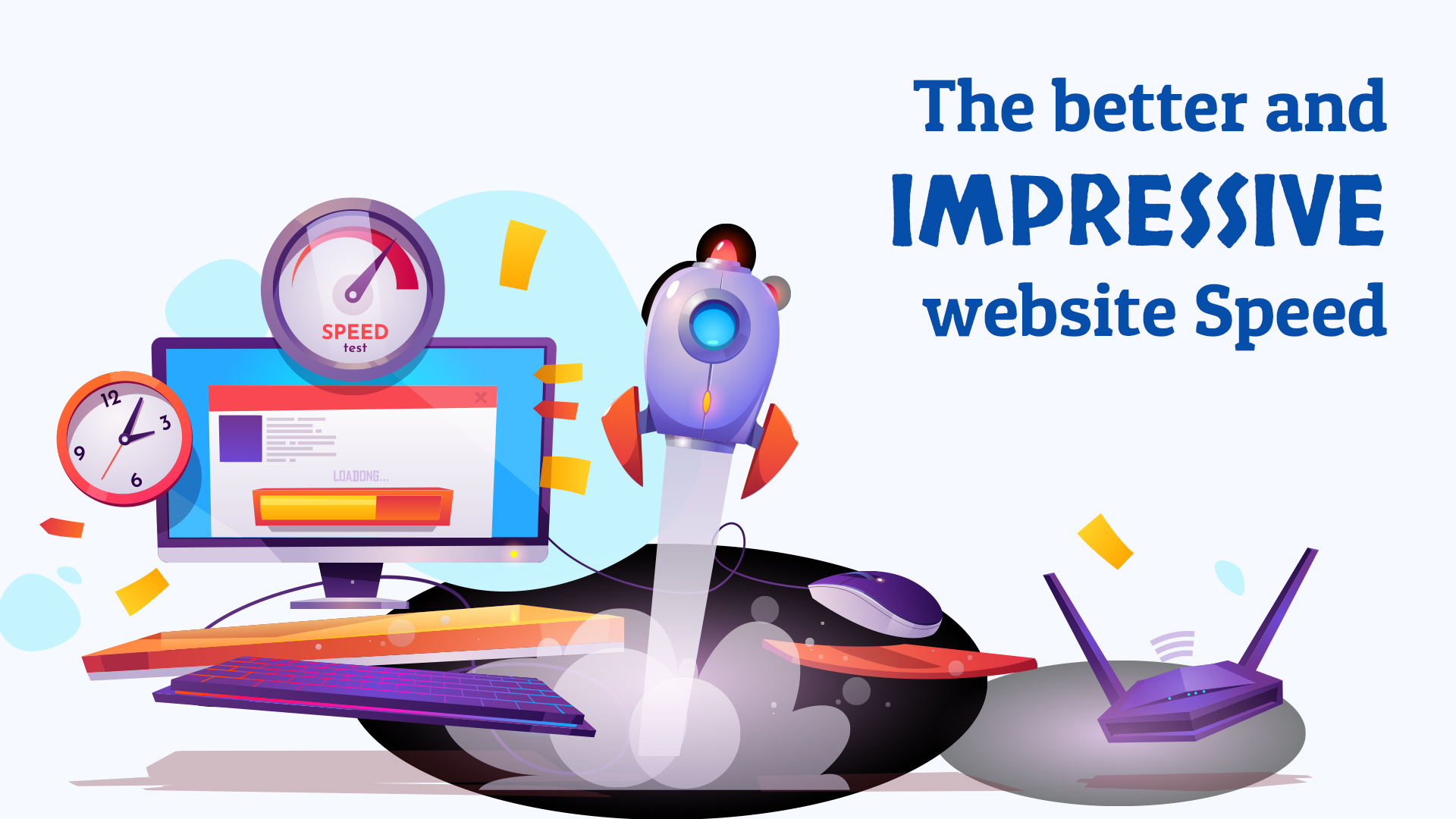
A website speaks for a business in today’s date. The better and impressive the website, the better is the business. Waiting for the loading the contents of a website is an unpleasant experience. This reduces the traffic on the website and reduces its popularity.
The sites which allow quick download of content and immediate access are the most preferred sites. At one end where people want to rich content and high quality displays. Due to sharper need for image quality, HD content, etc. loading pages becomes a challenge. Few factors that affect the loading speed and should be monitored for a webpage include:
1.Resolution used for the Domain – A higher resolution can make loading of the website remarkably slow. By using a custom handled DNS service, the resolution of a domain can be adjusted to make sure that the page loads quicker.
2.Database Optimization – The web content should be optimization by innovative content management system.
3.Ability to Handle Load – Thanks to today’s hi-tech technology that using multiple servers is possible and should be considered in order to make a site instantly accessible by several users.
4.Mode of Access of a Webpage – The type of hardware in use as well as the use of correct content management system affects the loading ability of a page. Web designers and owners should pay heed to the way in which content is used.
5.Caching for Instant Availability – The right kind of caching ability of a site is essential for high performance ability. The way in which the web servers allow data to be cached should be paid attention to.
6.Balancing the Header Requests – For the quick loading of a page, the content of a web page should have balanced scripts and style sheets which play a key role in the speed of loading.
7.Simpler Page Elements – Loading of scripts and style sheets along with other information relies on the domains. By using fewer types of combinations for these the redundancy and complexity of loading can be reduced.
8.Content Delivery Network – However advanced be the technology distance does matter. When a server is placed in a closer geography, the download of page is quicker. A Content Delivery Network is used to locally download the content of a page for quicker access.
9.Content Compacted – Proper compressing of heavy files, images and web resources can help in reducing the lagging of loading the website.
10.Smart loading of page – It is a strategy that should be used where streamlining the loading of contents plays a key role and when scrolled up to only then should the content be loaded instead of loading the complete page at once.
11.Making Right Use of Hosted Libraries – For smart use of caches locally using sites like Google in order to host shared libraries for common JavaScript libraries and fonts are used.
12.Asynchronous Loading – Using efficient Tag Management Services can divide the page loading and make the access simpler.
13.Mobile Optimization – Making use of optimum responsive design is crucial for enhanced web viewing.
If you want to improve your website speed performance and increase website visibility in Google then Contact us.


